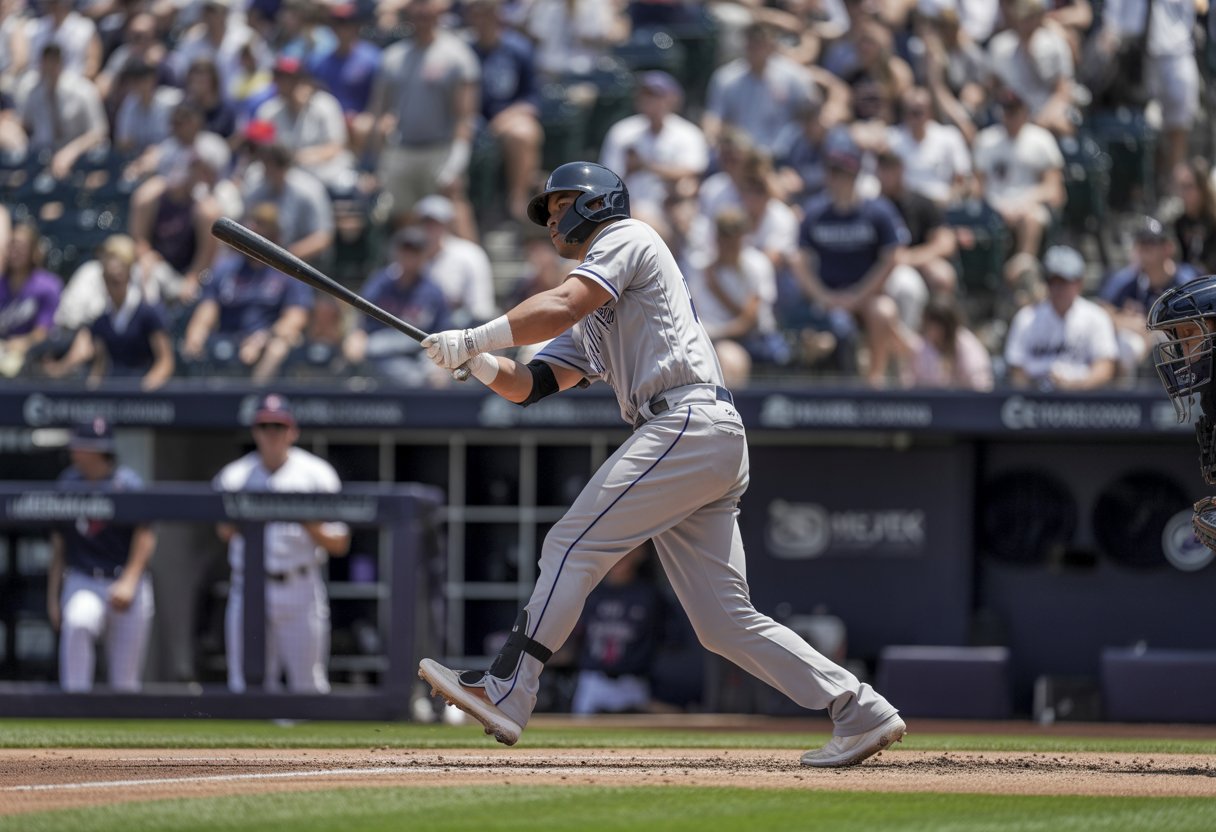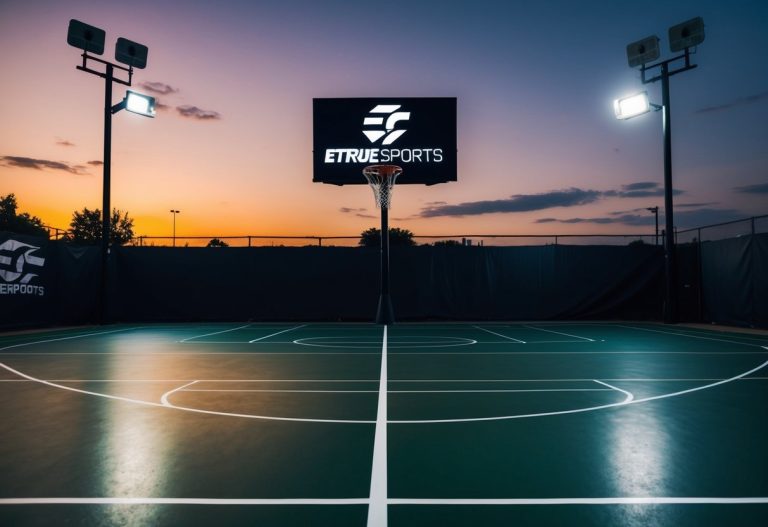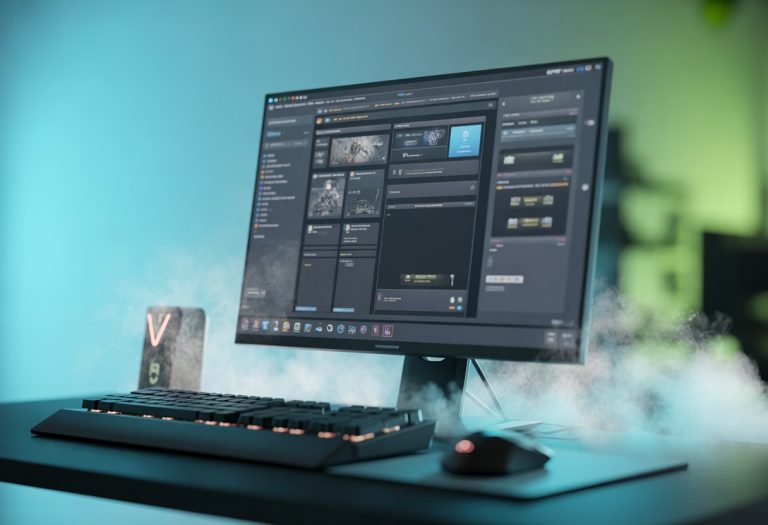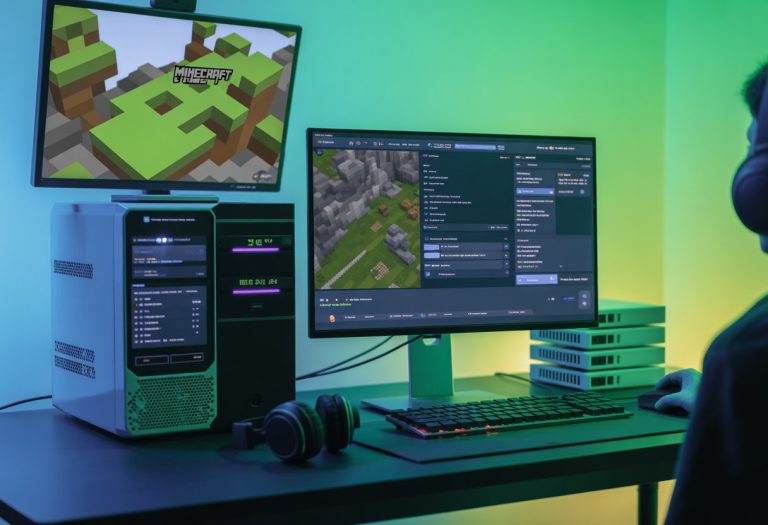MLB The Show 25: Best Hitting Settings for Maximum Performance to Boost Your Game
Many players struggle to find the best hitting settings in MLB The Show 25, but choosing the right hitting interface, adjusting your PCI for better visibility, and using the correct swing type for each situation can greatly improve your performance at the plate. These settings help players connect with the ball more often and make smarter swings.
Some also recommend changing the hitting camera angle to get a better view of the strike zone and pitches. Small tweaks like these make a big difference in timing and accuracy, which leads to more consistent hits.
This guide will dive into the key settings and tips that players can use to boost their hitting game in MLB The Show 25. Whether someone is new or wants to sharpen their skills, these adjustments give a practical edge.
Optimizing Hitting Settings in MLB The Show 25

To hit better in MLB The Show 25, players need to fine-tune specific settings like the hitting interface, camera angle, PCI controls, and plate coverage indicators. Each of these affects timing, accuracy, and how well the batter reacts to pitches.
Choosing the Best Hitting Interface
MLB The Show 25 offers several hitting interfaces, including Zone Hitting, Pure Analog, and Directional Swing. Zone Hitting is the most popular because it allows precise control over where the batter aims.
Zone Hitting uses a hit circle and lets players move the PCI (Plate Coverage Indicator) to the ball’s location. This helps with pitch placement and makes it easier to react to different pitch types.
Pure Analog is harder but gives more control for skilled players who want to swing with the analog stick. Directional Swing is simpler but less precise. Most top players recommend Zone Hitting for balance and consistency.
Adjusting Hitting View and Camera Angles
The hitting view can greatly affect perception and timing. Many players prefer the Strike Zone High or Strike Zone camera because these views provide a clear look at the pitch and PCI.
A higher camera angle makes it easier to track fastballs and breaking balls. It reduces the chance of losing sight of the ball, which helps with timing swings.
The camera should not be too close or too far. Too close might limit peripheral vision; too far can make timing harder. Strike Zone High is a good middle ground for most players who want better reaction times.
Tuning PCI Settings for Accuracy
PCI settings are crucial for making solid contact. The PCI itself is the area where the player must place the batter’s swing to hit the ball well.
Players should practice moving the PCI quickly to where the pitch will cross the plate. The default PCI size works, but some like to make it slightly bigger for more margin on bad pitches.
However, a larger PCI can reduce the quality of contact if the player swings too early or late. The key is to find a balance that matches a player’s reaction speed and comfort level.
Setting Plate Coverage Indicators
Plate Coverage Indicators (PCIs) show the batter’s ability to cover the strike zone. These indicators let players know how well their batter can reach different pitch locations.
It helps to set these indicators so they match the batter’s strengths. For example, a player with strong inside hitting may focus on moving the PCI quickly to the inside part of the plate.
Knowing where the PCI is strongest helps avoid weak contact zones and leads to more consistent hits. Players should check the batter’s coverage stats and adjust accordingly for better results.
Performance Tips and Advanced Tweaks
To boost hitting in MLB The Show 25, players should focus on adjusting their batting controls precisely, making use of accessibility features to fit their style, and spending time in practice mode. These steps help improve timing, contact, and overall consistency at the plate.
Fine-Tuning Batting Controls
Adjusting batting controls lets players find the best balance between contact and power. For example, using the Normal Swing offers a mix of both, while the Power Swing increases home run chances but can lower contact rates.
Players can also tweak the PCI (Plate Coverage Indicator) size. A smaller PCI requires better timing but rewards precise hits. Meanwhile, enabling Ambush Hitting helps guess pitch locations by tracking the pitcher’s tendencies, leading to smarter swings.
Some players benefit from adjusting the zone hitting settings. On this mode, mastering the timing within the strike zone is key. Experiment with these controls to find what fits his or her play style best.
Customizing Accessibility Options
Accessibility options can help players enjoy hitting by simplifying difficult parts of batting. For instance, the Aim Assistance setting helps guide the PCI to the ball, reducing missed contacts.
Players with slower reaction times might use Auto-Batting to focus on timing rather than pitch location. Meanwhile, turn on Visual Aids to highlight pitches or zones more clearly, making it easier to anticipate swings.
Other tweaks include adjusting the pitch feedback to better understand pitch speed and type. These options make hitting less frustrating, especially for beginners or those who want to focus on strategy over reflexes.
Utilizing Practice Mode for Hitting
Spending time in practice mode is essential to improve batting skills. Players should practice with different pitch types (fastballs, curveballs, sliders) to learn their timing and visual cues.
Practice mode also allows players to test various swing types without pressure. This is the best place to try out ambush hitting and zone control to see which works better.
Reviewing pitcher scouting reports while practicing helps players anticipate pitch patterns, improving real-game performance. Repetition in practice builds muscle memory and confidence at the plate.



